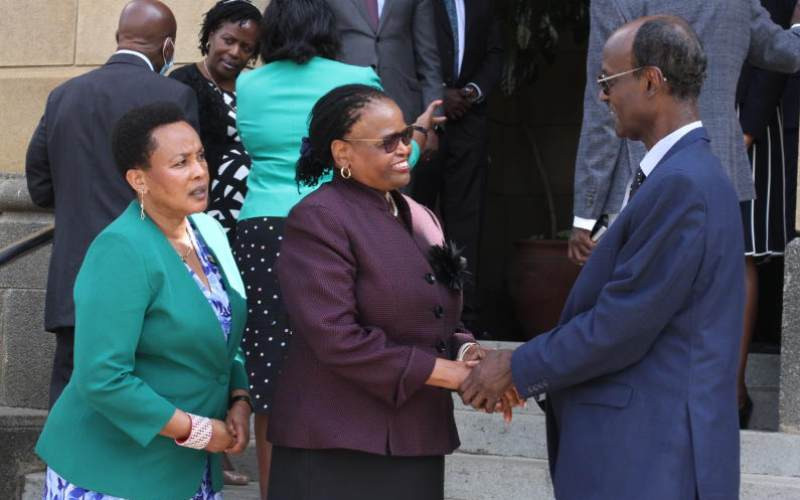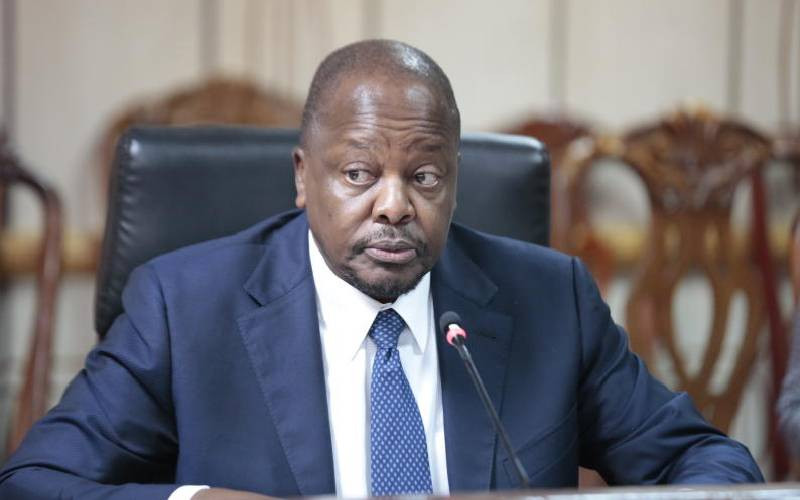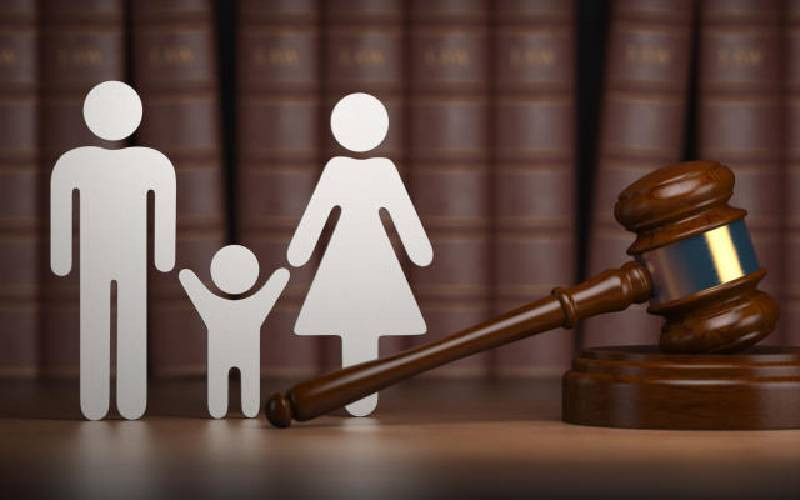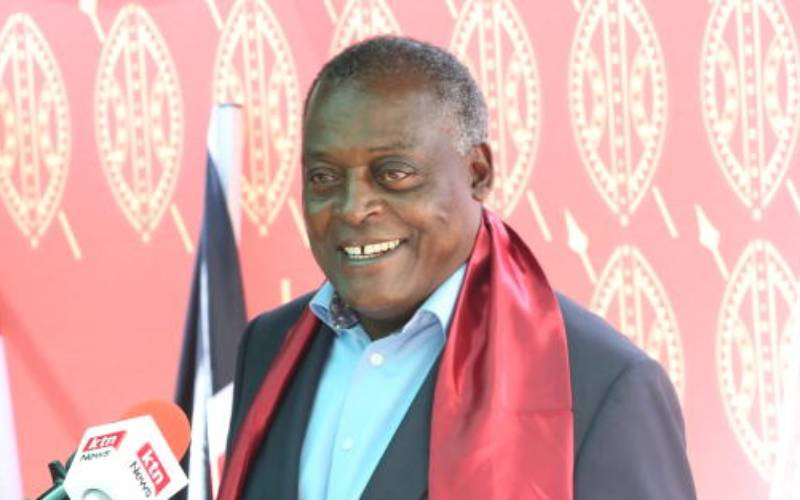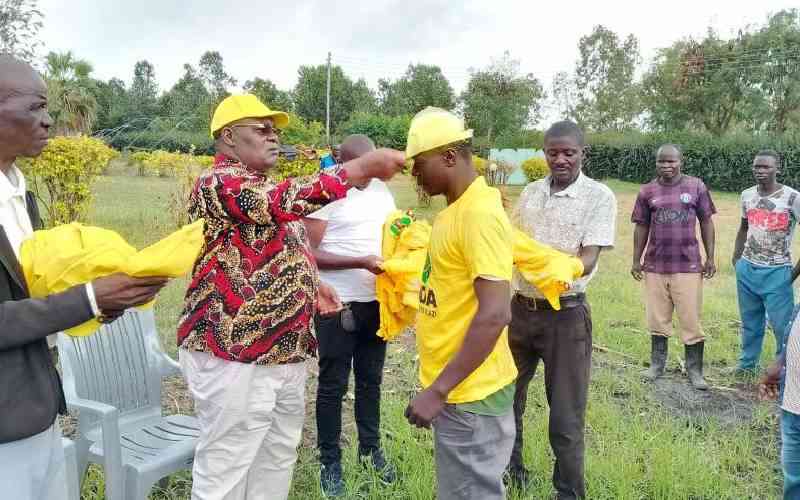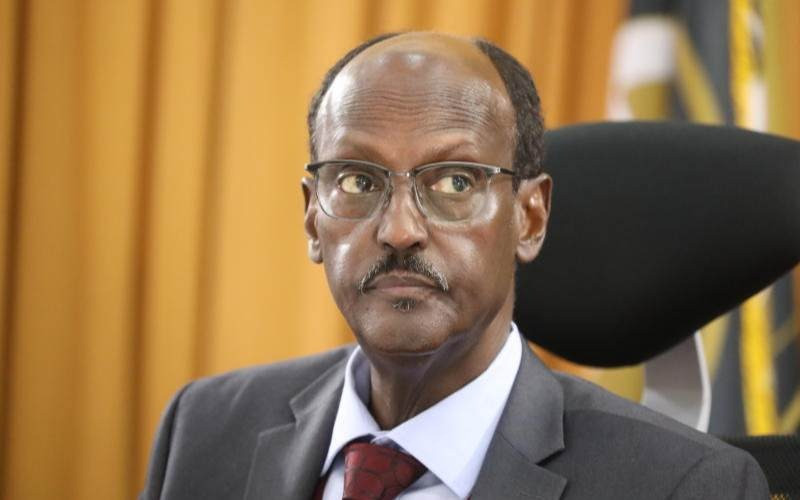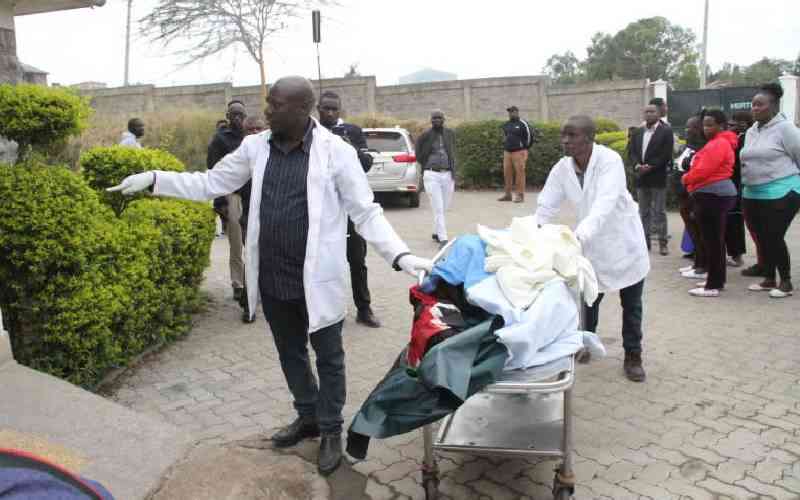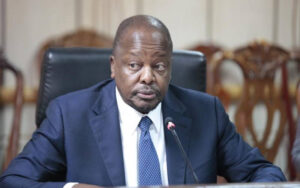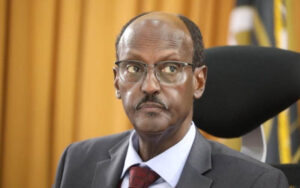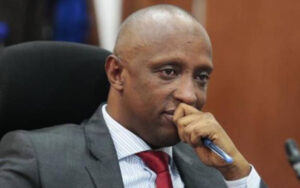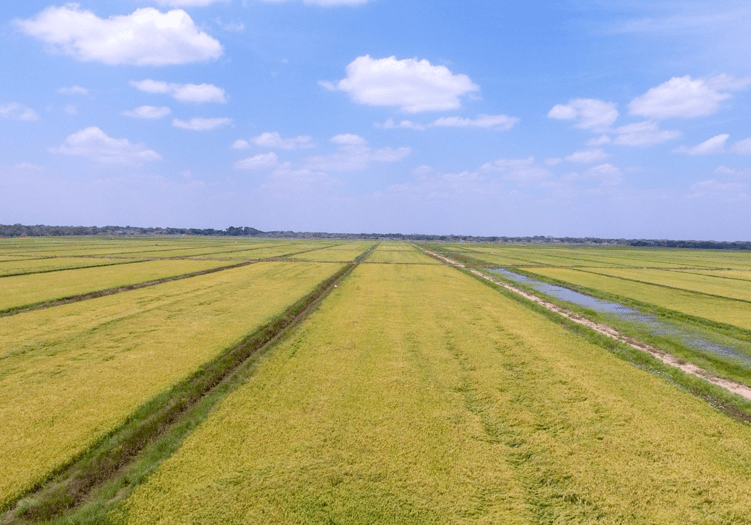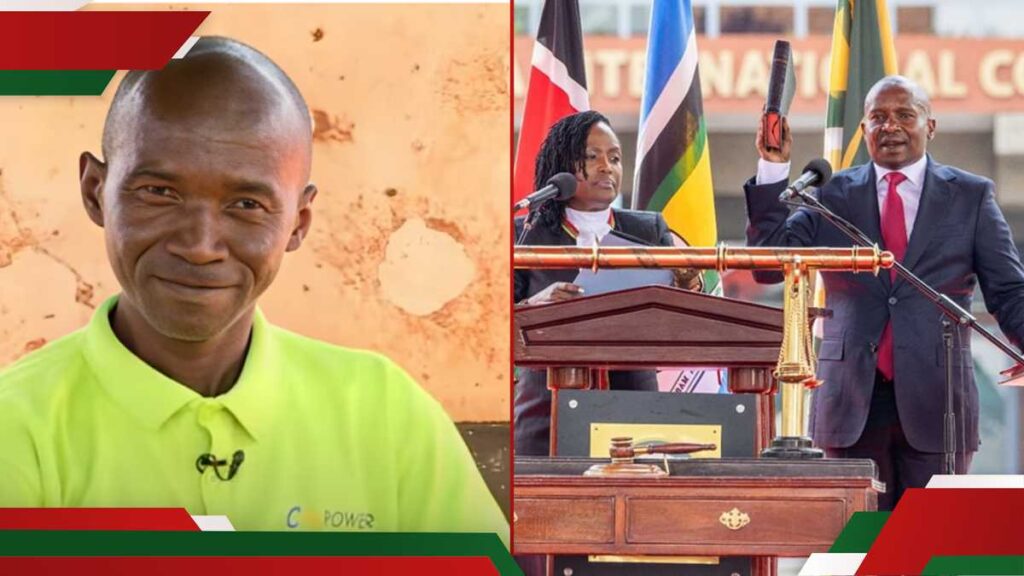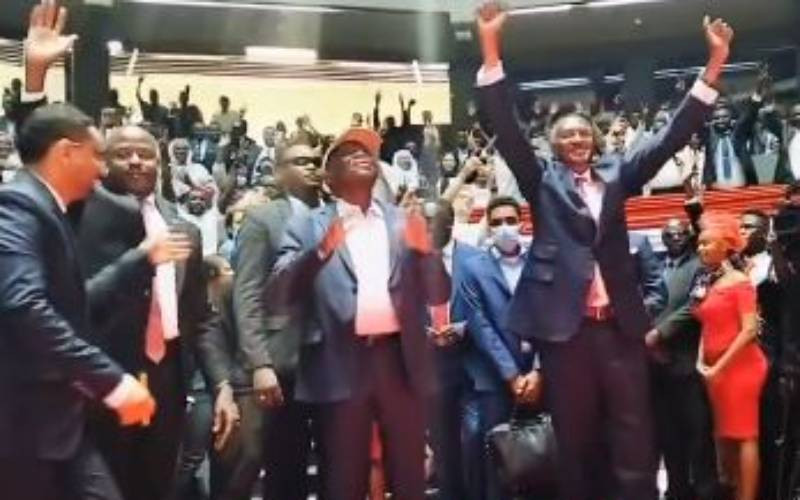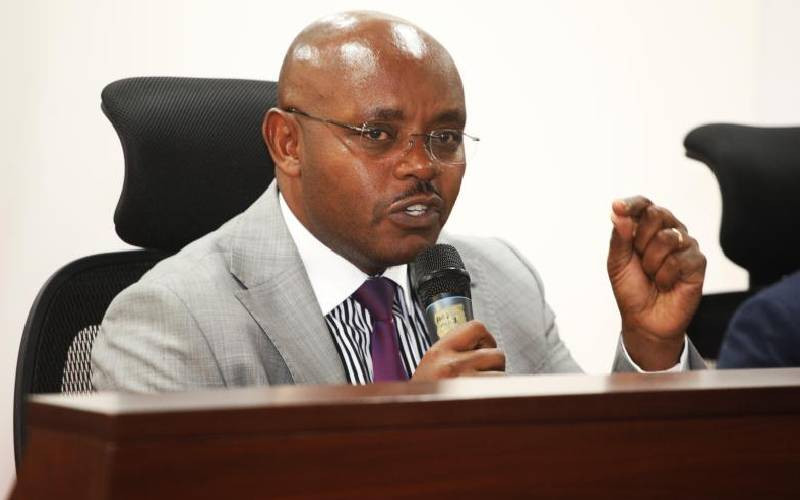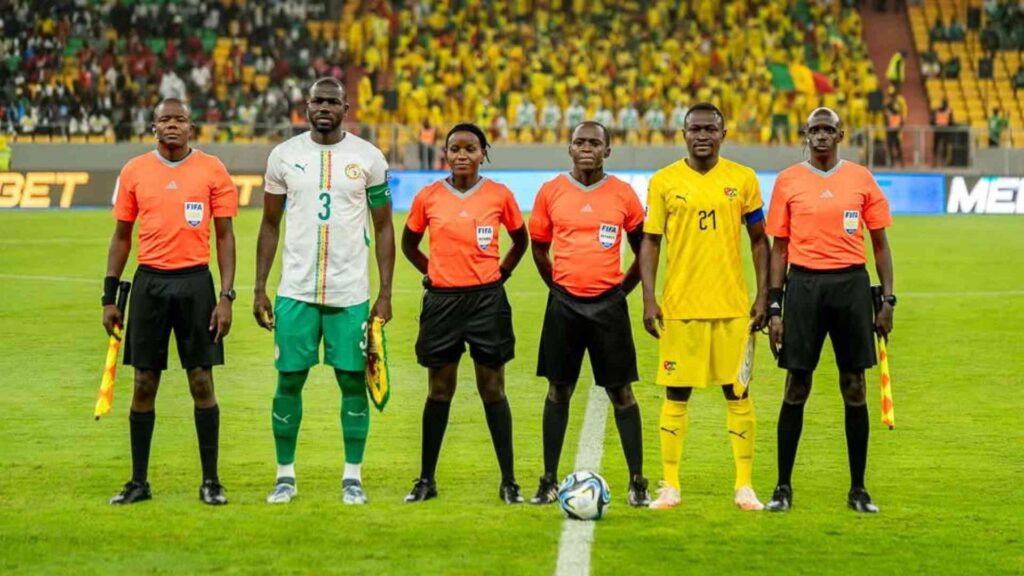The wave of bloody protests that have rocked Kenya in the last few weeks have captured world attention with prominent coverage in both the print and electronic media. The dramatic events also went viral online across the globe.
Stories by journalists based in Nairobi, indicated that police have used excessive force when attempting to stop the protests. Many lives have also been lost since last year, with many more people maimed or carrying lifetime injuries.
Video clips circulating on social media and geo-located by CNN shows a civilian in Kiambu County stepping out of a car surrounded by armed officers. He is then whipped repeatedly and seriously injured when not appearing to be threatening the officer.
CNN also reported that individuals described by the Kenyan Human Rights Commission as “hired goons” who were “sent by the state to silence dissent” stormed the NGO’s office.
The Cable News Network also quoted Interior Minister Kipchumba Murkomen describing last month’s demonstrations as “terrorism disguised as dissent,” a statement, it said further reignited outrage.
The Intro of an AFP wire story on Monday read; Police fired live rounds and water cannon at protesters in the capital Nairobi, as hundreds of people demonstrated in the city, with some blowing whistles while they marched amid heavy police deployment.
Al Jazeera’s Malcolm Webb, reporting from Nairobi, said police blocked most of the main roads leading to the city centre, adding that protesters were trying to reach there as clashes happened.
“We started receiving reports from several locations of people with gunshot wounds,” Webb said, adding that ambulances headed to the locations where wounded people were.
On its Website, British Broadcasting Corporation said police opened fire on demonstrators, and earlier Dr Aron Sikuku, a medic at Eagle Nursing Home on the outskirts of Nairobi, told them bodies of two people who died of gunshot wounds had been brought to the facility.
On Wednesday last week, the New York Times also reported that at-least eight people were killed as protesters battled police in Kenya. The paper said demonstrators joined antigovernment marches across the country a year after huge rallies against a contentious tax plan left more than 60 people dead.
The Times witnessed thousands facing off with the police amid nationwide protests that laid bare the anger at President William Ruto’s government.
“The police fired live rounds, rubber bullets and tear gas and sprayed water cannons at protesters who were waving Kenyan flags and blowing whistles in central Nairobi, where banks and businesses were closed amid a heavy security presence,” the paper wrote.
Stay informed. Subscribe to our newsletter
It further reported that police officers closed some major roads leading to the city center and blocked routes connecting to Parliament with barbed wire, as Kenyans marched to mark the anniversary of huge demonstrations against a contentious tax plan.
Aljazeera also gave prominent coverage to the protests, saying at least 16 people were killed and 400 injured in nationwide demonstrations that turned chaotic, with police clashing with protesters in different parts of the country.
The Arab News Website also reported that police barricaded major roads a few kilometres from the central business district and turned away buses and minibuses from getting into the city centre.
They also blocked off access to key buildings, including parliament and State House, the official residence of the president, William Ruto, with razor wire.
Lat week, Reuters News Agency wrote that MPs left parliament buildings in Nairobi, as the protests continued to intensify in the city centre, while youth thronged and marched along major roads towards the capital.
Most of the stories claimed that outrage has been growing in Kenya over the past few years due to corruption, unemployment, government excesses and rising living costs.
Reporting from Pretoria in South Africa, Russia;s State owned TASS also wrote that 10 people were killed and 29 others injured in Kenya during nationwide anti-government demonstrations on Monday.
The largest clashes between protesters and security forces took place in the capital, Nairobi. A representative of the Russian embassy in Kenya told TASS that there were no Russian citizens among the victims.
ANI NEWS, South Asia’s leading Multi Media News Agency based in New Delhi Asia’s also reported that many people have died because of anti-government protests in Kenya.
Last evening, The South Africa Broadcasting Corporation reported that Kenyan police fired to disperse demonstrators in Nairobi marking the 35th anniversary of pro-democracy rallies on Monday.
The broadcaster said the death of blogger Albert Ojwang in police custody last month has given the protests fresh impetus, fueling anger against the authorities and bringing hundreds onto the streets.
A Reuters reporter saw police fire at advancing protesters in the Nairobi suburb of Kangemi, with one man later lying motionless on the road with a bleeding wound.
And this week, Alajazeera’s Emmanuel Rapalo did an incisive interview with The Executive Director Amnesty International Kenya Irungu Houghton on why police in Kenya continue killing with impunity.
Irungu told Aljazeera that the case of hawker Boniface Kariuki who was killed by a police officer, became very significant in Kenya because he was merely a bystander selling covid style masks.
The shooting was captured not just by local and international journalists but also by about 15 citizens on their smartphones., making the images very vivid to many Kenyans.
He was killed on a day when Kenyans were protesting against the death of another young Kenyan Albert Ojwang, a father of one son who was driven over for 600kms from Homa Bay to Nairobi where he was murdered in a police cell.
“Death in a police custody is a rare and shocking thing to happen. Ojwang’s mistake was to accuse a senior police officer of massive corruption,” said Irungu.
He argued that the two murders say a lot about police accountability in Kenya, because these crimes were not only very extreme cases but also the most tragic police brutality and impunity.
Amnesty has now documented about 80 cases of protestors who have died through gunshot wounds. The fact that there is no accountability and conviction of those involved shows a very deep sense of impunity among police officers.
They did a survey in 2020 which showed that 49 percent of Kenyans are more frightened of police. They also found that apart from brutal policing, the law enforcers are also not accountable.
It also emerged in the discussion that last year saw a very sharp deterioration in the living conditions of many Kenyans and that is why the agitation is mainly because of many concerns about unemployment and lack of opportunities.
What began as a protests against punitive taxes, moved to the call for accountability, then turned an anti-corruption crusade and a stop to extravagance across government. Eventually it became a no vote of confidence call against the government, the president and his administration.
Despite all the challenges facing the police, Amnesty thinks the opportunity for collaboration with the people still exists, especially through the Independent Police Oversight Authority (IPOA).
The interview however raised concern that over the last three years, police have refused to cooperate when they kill citizens because they cordon off scenes of crime instead of safeguarding ballistic evidence and reporting to IPOA for investigation as required by law.
They instead quickly collect those bodies and deposit them in mortuaries, sometimes without marking them for identification by IPOA and the next of kin.
Increased lack of trust between citizens and the leadership is another worrying trend. Many young voters do therefore not even take part in electing the president and other leaders.
“Because of a strong sense of disenfranchisement, in 2022, about eight million young people who were eligible to vote never turned out. And these are the massive numbers we are now seeing on the streets,” says Irungu.
And so what is being witnessed is a widespread uprising of young people who are against an entitled class of politicians and the governance system.
In 2024 alone, Amnesty recorded about 1500 protests that were held across the country throughout the year for various reasons. The climax was between May and August, but calls for justice especially by the Gen Z have not been listened to. Their concerns range from the high cost of living, unemployment, equl opportunity Femicide and gender based violence, all generally linked to the current economic distress in Kenyan.
The youth were further enraged by CS Murkomen’s statement last week, that their demos have nothing to do with protests or freedom of expression, but an unconstitutional attempted coup that police stopped.
Irungu wants police to be better trained in de-escalation tactics, because some among them are very humble and professional. Unfortunately, many of them are also taking the law into their own hands to kill people.
“Police are also now using militia groups, uncountable gangs that are roaming the streets and attacking everybody. In Sudan they became so powerful and challenged the state. Only police should be allowed to carry weapons,” said Irungu.


